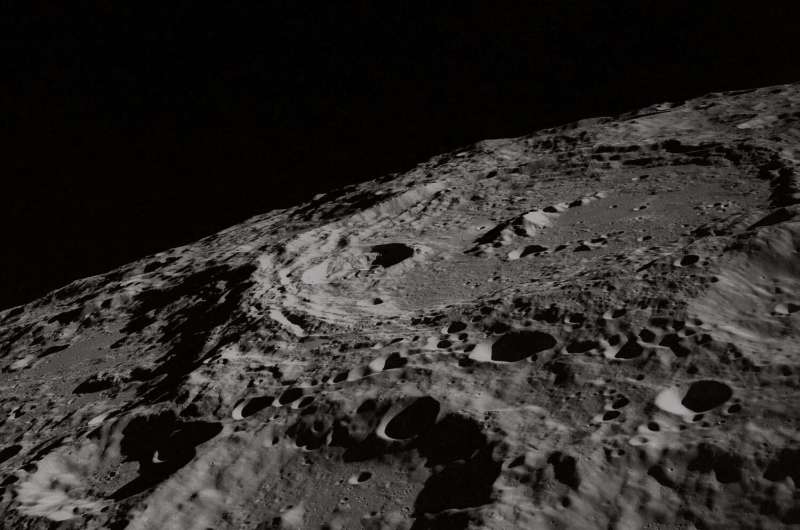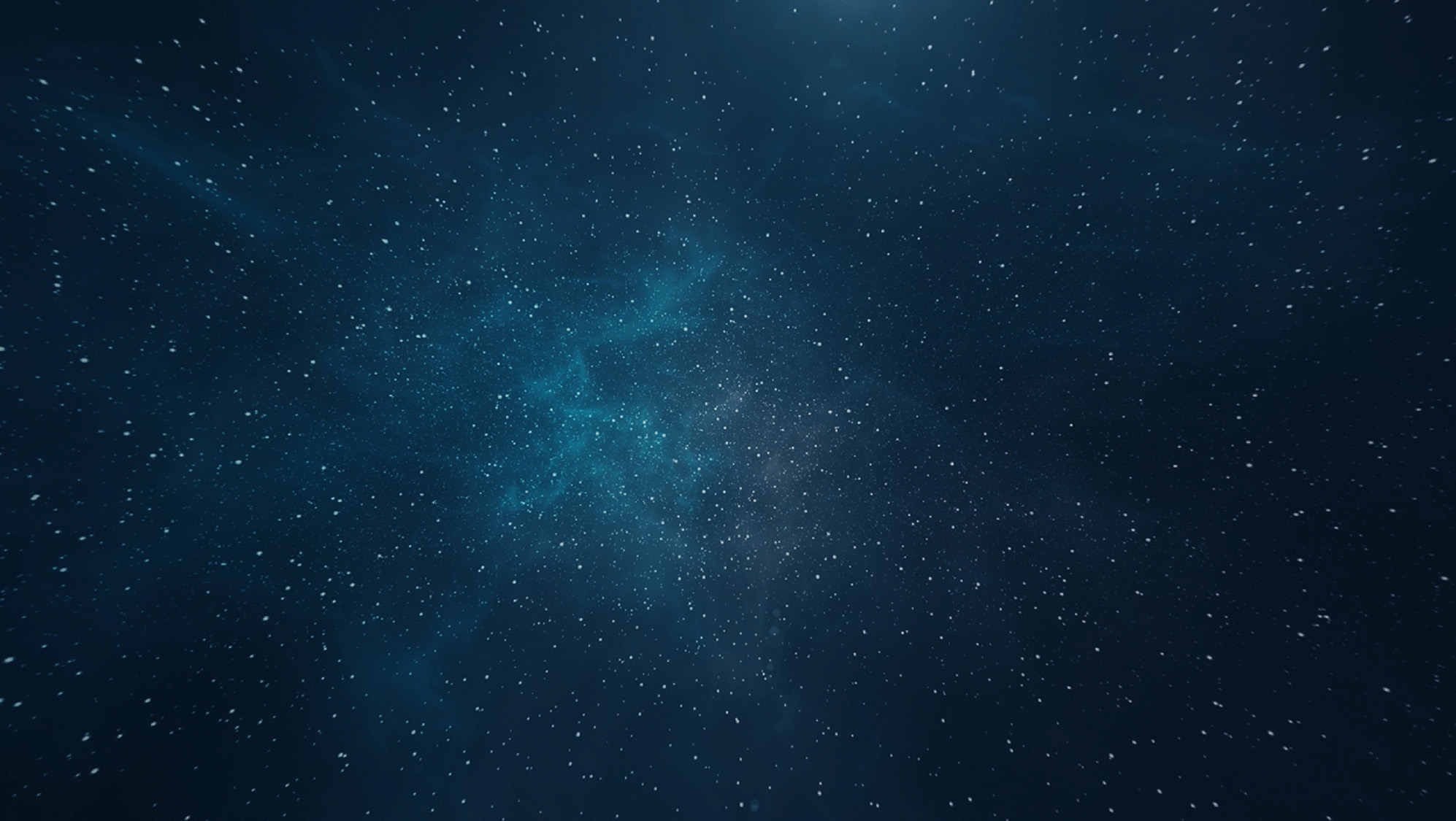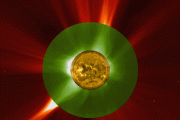
Copernical Team
Scientists record Earth's radio waves from the Moon

On Feb. 22, a lunar lander named Odysseus touched down near the Moon's South Pole and popped out four antennas to record radio waves around the surface—a moment University of Colorado Boulder astrophysicist Jack Burns hails as the "dawn of radio astronomy from the Moon."
It was a major achievement for the tenacious lander, which was built by the Houston-based company Intuitive Machines and had to overcome a series of technical difficulties to make it to the lunar surface. Burns is co-investigator on the radio experiment that flew aboard Odysseus called Radio wave Observations at the Lunar Surface of the photo Electron Sheath (ROLSES).
He'll give an update on the ROLSES data, and will share what's in store for future radio astronomy from the Moon, this week at the 244th Meeting of the American Astronomical Society in Madison, Wisconsin.
"It was heroic for Intuitive Machines to land under these conditions, and to deploy our antennas, take some data and get that data back to Earth," said Burns, professor emeritus in the Department of Astrophysical and Planetary Sciences at CU Boulder.
Ariane 6 fairing closure
 Image:
Ariane 6 fairing closure
Image:
Ariane 6 fairing closure Artificial gravity for Europe in space
 Image:
ESA and Vast memorandum signature at ILA
Image:
ESA and Vast memorandum signature at ILA Week in images: 03-06 June 2024

Week in images: 03-06 June 2024
Discover our week through the lens
SENER’s SIROM system interconnect testing in ESA’s ORL
 Video:
00:01:51
Video:
00:01:51
SENER is testing the docking capabilities of the SIROM system by launching the MANTIS floating platform into an equally free-floating REACSA at ESA's Orbital Robotics Laboratory. This free-floating tests simulate the dynamics of rigid body contact and present an opportunity to gather valuable insights into the performance of SIROM in approximately 200 docking scenarios.
Space safety and sustainability to boost in-orbit services and SSA
 Novaspace, created from the merger of Euroconsult and SpaceTec Partners, has released its latest Space Logistics Markets report, projecting around $4.6 billion in commercial revenue over the next decade driven by space safety and sustainability concerns.
With an estimated 28,000 satellites set for launch in the next decade-a 76% increase from the previous decade-and over 6,000 active satel
Novaspace, created from the merger of Euroconsult and SpaceTec Partners, has released its latest Space Logistics Markets report, projecting around $4.6 billion in commercial revenue over the next decade driven by space safety and sustainability concerns.
With an estimated 28,000 satellites set for launch in the next decade-a 76% increase from the previous decade-and over 6,000 active satel National Flag Unfurled on Moon Made of Basalt Fibers
 Chinese scientists developed a special national flag made of basalt fibers, which was unfurled this week by the Chang'e 6 lunar probe.
The flag, designed to endure temperature fluctuations, high vacuum conditions, and strong ultraviolet radiation, became the first flag to fly on the far side of the moon.
The basalt fiber was developed by Wuhan Textile University and China Space Sanji
Chinese scientists developed a special national flag made of basalt fibers, which was unfurled this week by the Chang'e 6 lunar probe.
The flag, designed to endure temperature fluctuations, high vacuum conditions, and strong ultraviolet radiation, became the first flag to fly on the far side of the moon.
The basalt fiber was developed by Wuhan Textile University and China Space Sanji Nagoya University Develops Advanced Heat-Switch for Lunar Rovers
 Astronauts driving vehicles on the Moon face extreme temperature fluctuations, with highs of 127C (260F) and lows of -173C (-280F). Reliable machines capable of operating under these conditions are crucial for future lunar missions. Nagoya University in Japan, in collaboration with the Japan Aerospace Exploration Agency, has developed a heat-switch device designed to extend the lifespan of lunar
Astronauts driving vehicles on the Moon face extreme temperature fluctuations, with highs of 127C (260F) and lows of -173C (-280F). Reliable machines capable of operating under these conditions are crucial for future lunar missions. Nagoya University in Japan, in collaboration with the Japan Aerospace Exploration Agency, has developed a heat-switch device designed to extend the lifespan of lunar 

































